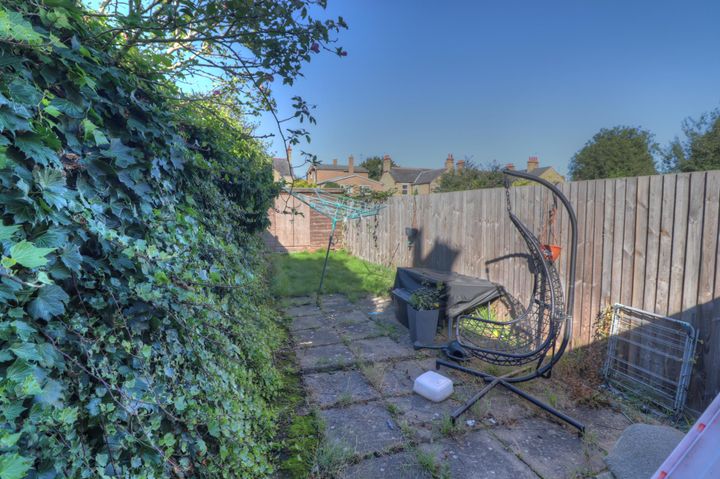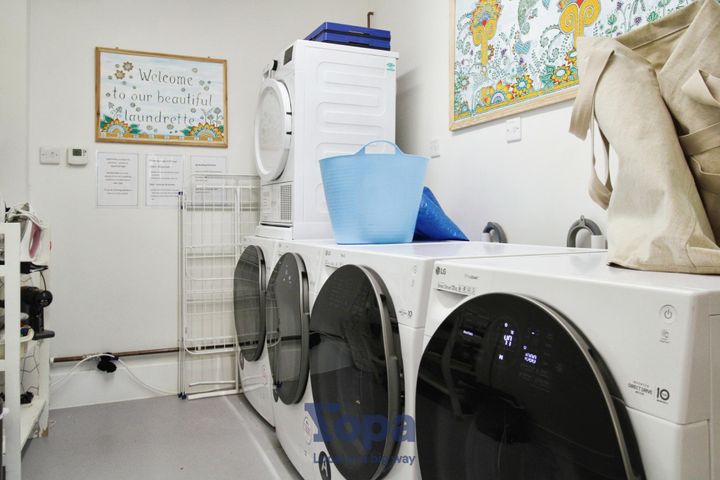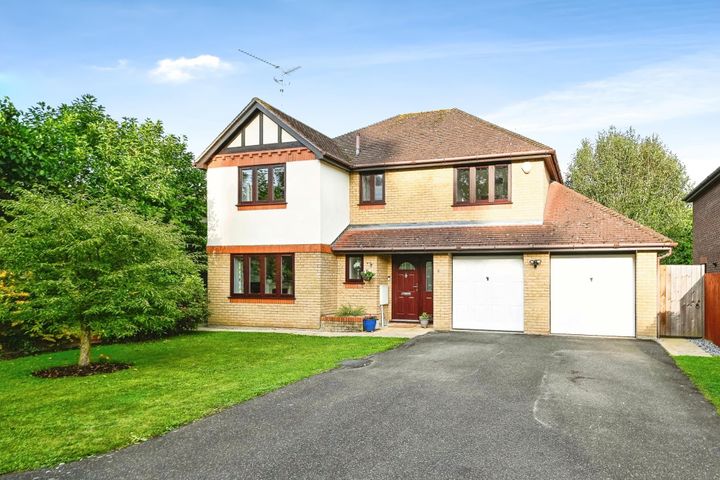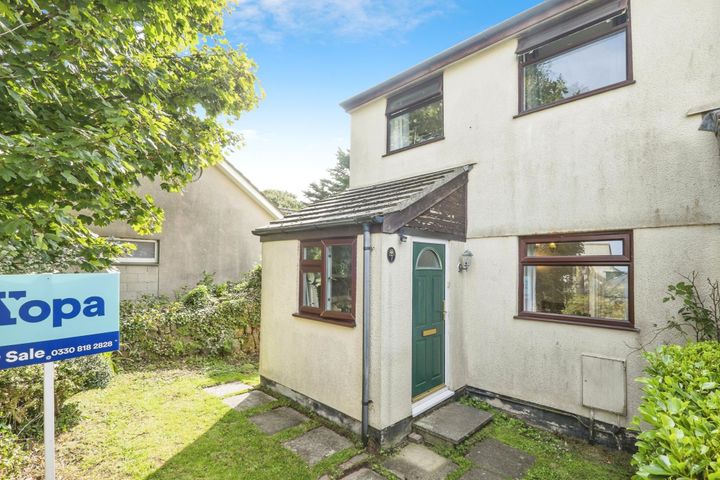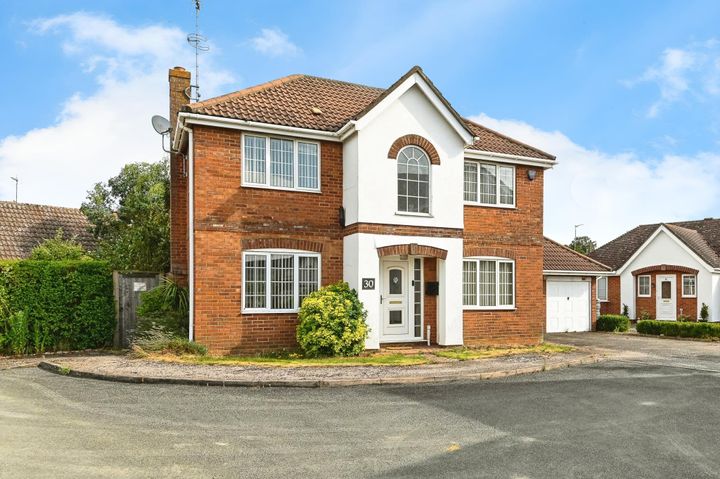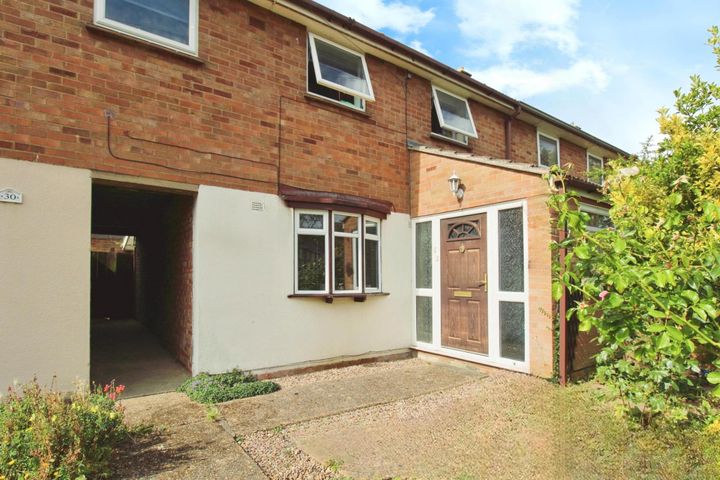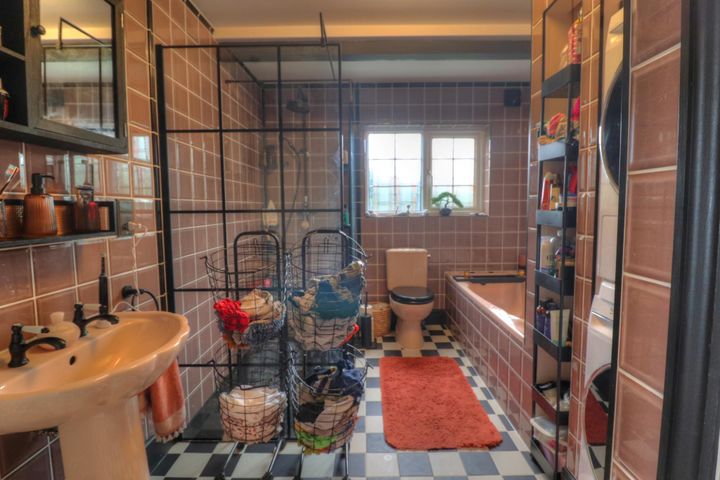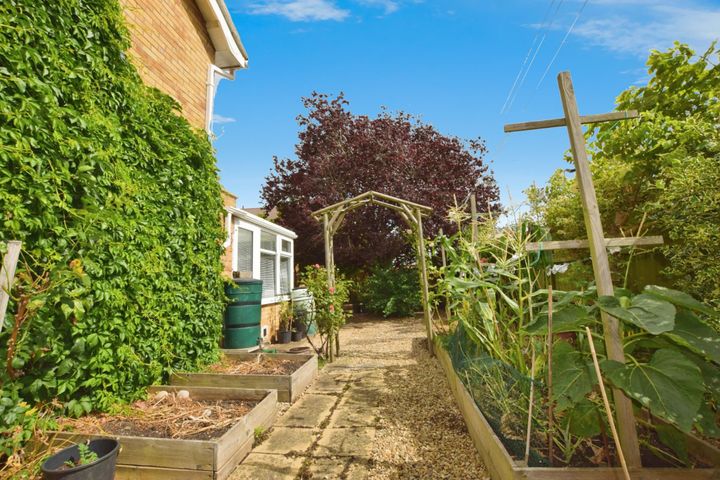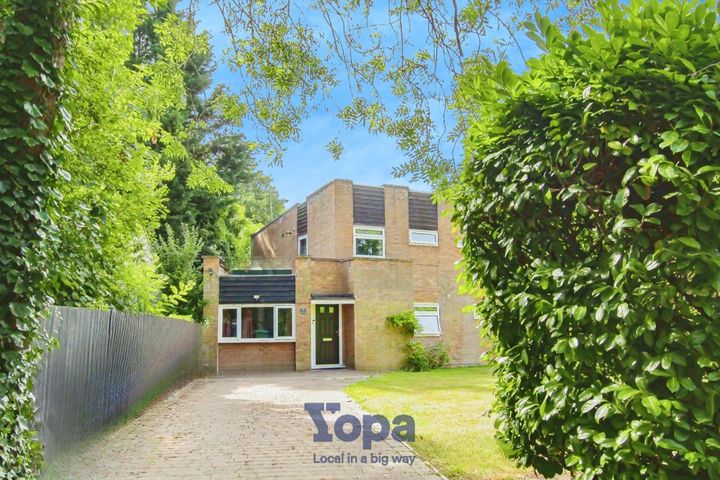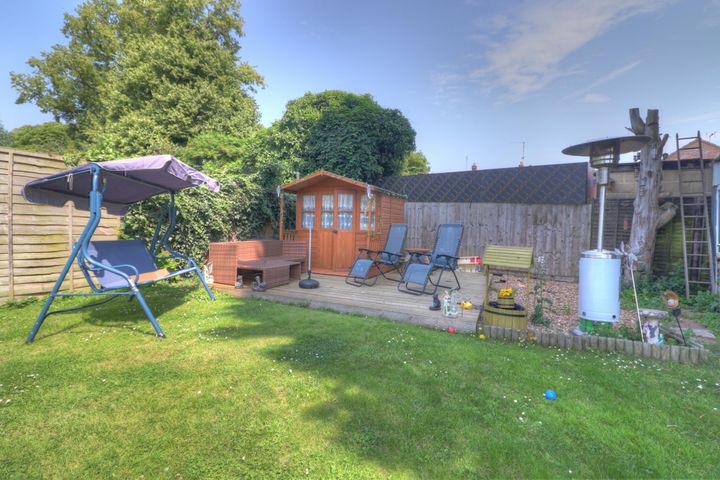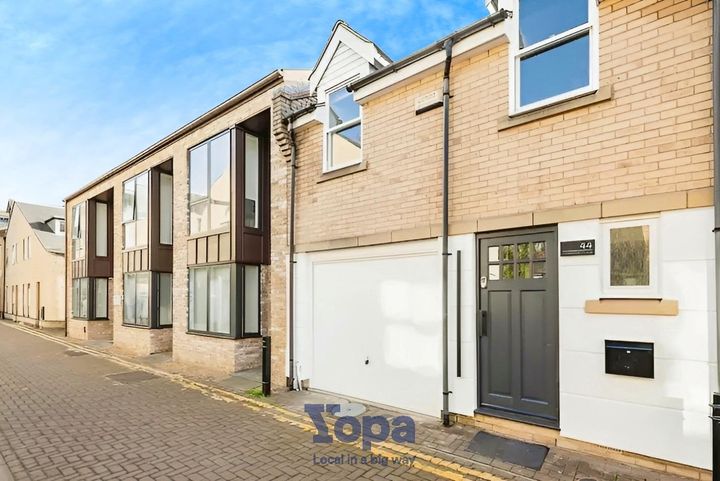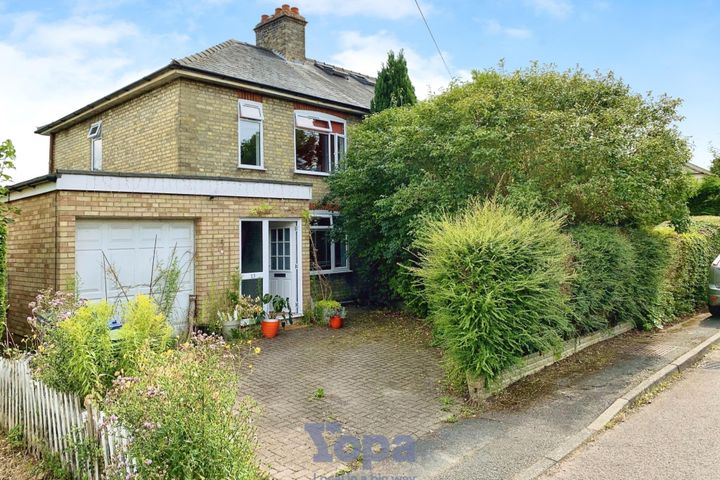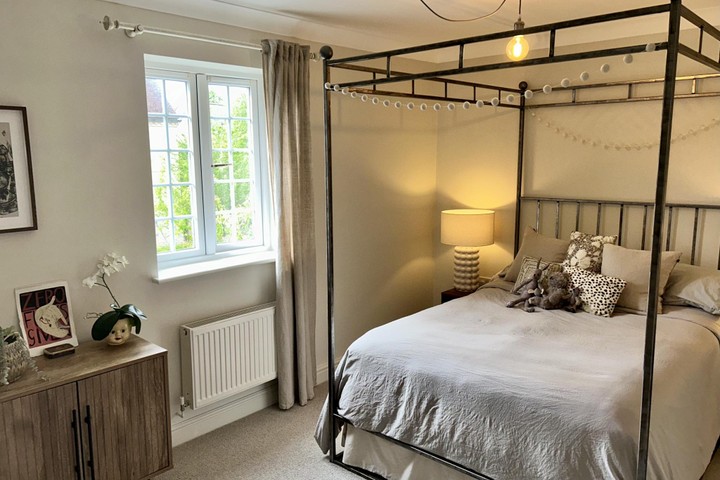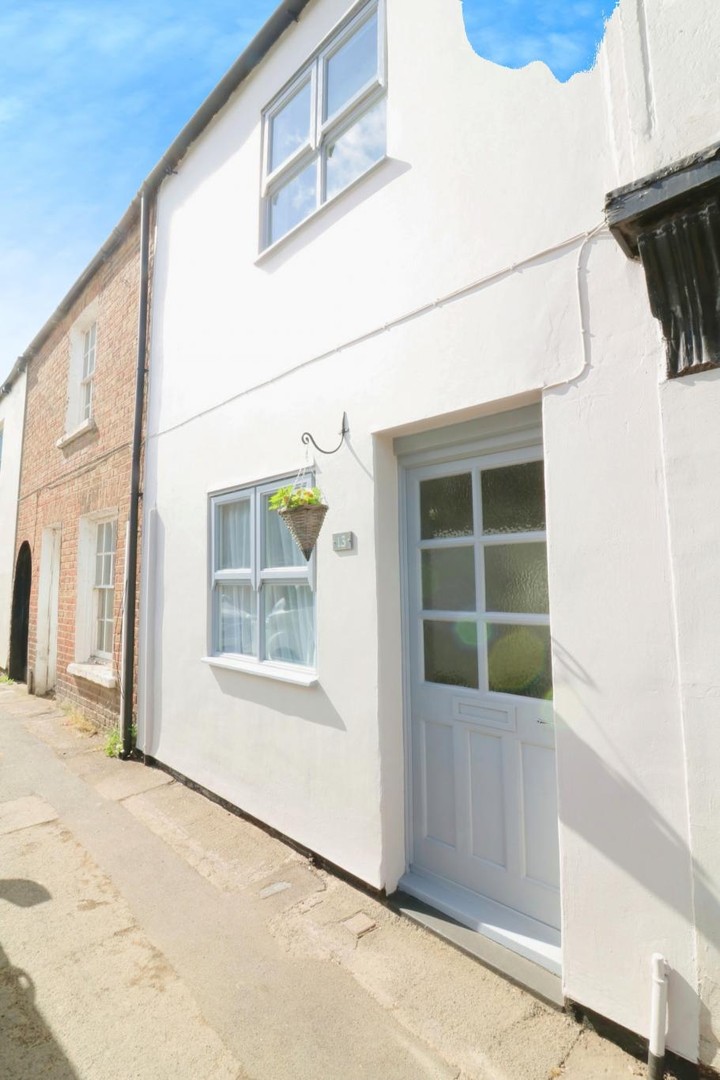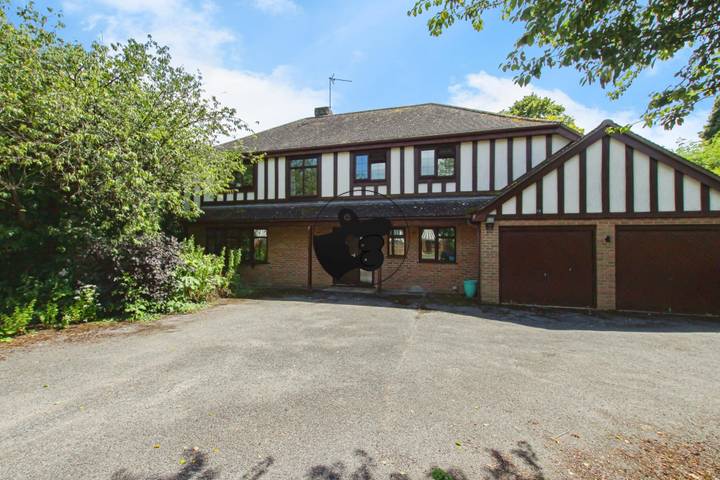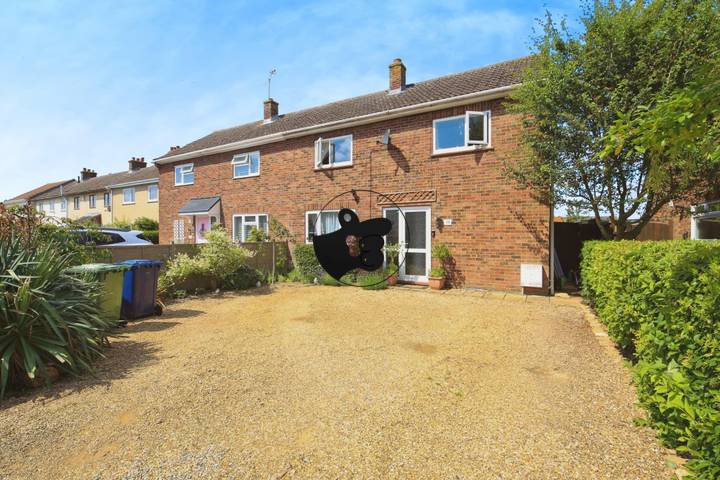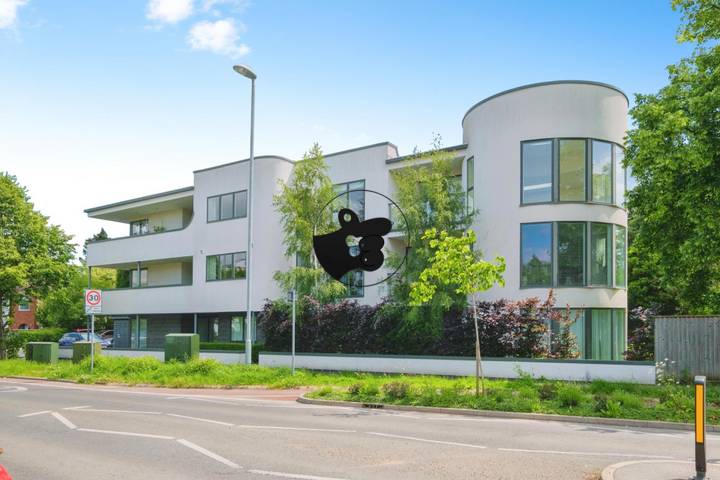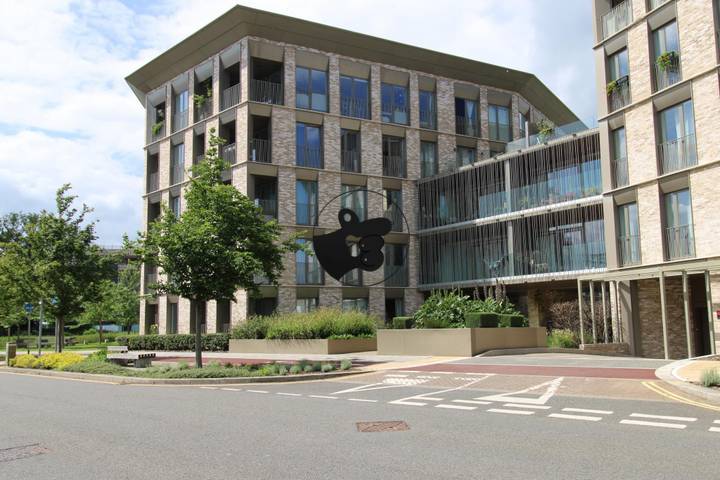Several factors influence real estate prices in Cambridgeshire. Firstly, its proximity to Cambridge, a major academic and tech hub, significantly drives demand. Properties near the city center or with good transport links to Cambridge typically command higher prices. The growth of companies in the tech and biotech sectors adds to the area's attractiveness, contributing to rising property values. Additionally, the quality of local schools and educational institutions affects demand, as families often seek homes in areas with reputable schools. The availability of amenities, such as parks, shops, and restaurants, also plays a role; areas with well-developed infrastructure and services tend to see higher prices. Furthermore, market trends and economic conditions in the broader UK housing market can impact prices in Cambridgeshire. Lastly, the historical and cultural significance of certain towns, like Ely with its cathedral, can elevate property values due to unique buyer interest.
Cambridgeshire
Location
Price Range
Any price
Price Range
Minimum
No min
Maximum
No max
Property type
Show all
Property type
Show all
House
Apartment
Building
Other
Bedrooms
Any beds
Bedrooms
Minimum
No min
Maximum
No max
Surface Range
Any surface
Surface Range
Minimum
No min
Maximum
No max
Sale type
For sale
Sale type
Show all
To rent
For sale
Location
Apartments and houses for sale in Cambridgeshire
32 results
Recent
Cambridgeshire insights
| Aspect | Summary |
|---|---|
| Population | 658,000 |
| Average Property Price | £350,000 |
| Rental Yield | 4.5% |
| Average Rent | £1,500 |
| Occupancy Rate | 92% |
| Capital Growth Rate | 3.5% annually |
| Property Tax | 1.2% of property value |
| Transaction Costs | 3% of property price |
| Expected ROI | 7.5% |
| Economic Growth Impact | Continued growth due to tech sector and university presence |
Cambridgeshire FAQ
What factors influence real estate prices in Cambridgeshire?
How have real estate prices in Cambridgeshire changed over the past few years?
Over the past few years, real estate prices in Cambridgeshire have experienced significant fluctuations, largely driven by increased demand and changing economic conditions. In 2020, the average house price in the region was around £350,000, but by 2023, this figure had risen to approximately £400,000, marking a notable increase. Factors contributing to this upward trend include the influx of buyers relocating from London seeking more affordable housing and enhanced quality of life, along with the rise of remote working that has allowed people to prioritize space over proximity to city centers. In towns like Cambridge, properties have seen even sharper increases, with some areas experiencing growth as high as 15% year-on-year. Additionally, the introduction of new housing developments, such as the expansive Northstowe project, has added more options to the market, although competition remains stiff due to lingering supply constraints.
What is the average house price in Cambridgeshire?
As of late 2023, the average house price in Cambridgeshire is approximately £328,000, reflecting a slight increase compared to previous years. Prices can vary significantly across different areas; for instance, in Cambridge city itself, typical values can soar to around £450,000, driven by its university and tech-driven economy. In contrast, more rural areas like Fenland or East Cambridgeshire often see average prices closer to £250,000. New builds tend to attract a premium, with developments in towns like St Ives or Huntingdon seeing prices ranging from £350,000 to over £400,000 depending on size and specification. The region's property market remains competitive, influenced by factors such as good transport links, particularly to London, and local amenities.
Are property prices in Cambridgeshire higher in urban areas compared to rural areas?
Property prices in Cambridgeshire tend to be higher in urban areas compared to rural regions, a trend that aligns with many parts of the UK. In cities like Cambridge, which is renowned for its prestigious university and vibrant economy, average house prices can exceed £500,000, with some areas, especially close to the city center, commanding even higher prices. In contrast, rural areas such as Fenland or East Cambridgeshire typically see lower average property prices, often ranging between £250,000 and £350,000 for similar-sized homes. For instance, towns like St Neots and Huntingdon have seen property demand increase, but they still fall short of the price points seen in Cambridge itself. The disparity can largely be attributed to factors like accessibility, local amenities, and overall demand driven by urban job opportunities.
What impact do schools and amenities have on real estate prices in Cambridgeshire?
Schools and amenities play a crucial role in determining real estate prices in Cambridgeshire. Families often prioritize proximity to reputable schools, leading to increased demand in areas with high-performing educational institutions. For instance, properties located near Cambridge's top-ranked secondary schools, such as Hills Road Sixth Form College or Newnham College, tend to command premium prices due to their desirability. Similarly, the presence of local amenities, such as parks, shopping centers, and public transport links, can significantly influence property values. In towns like St Neots or Huntingdon, homes close to well-maintained parks or vibrant town centers are often valued higher than those in more isolated locations. An upsurge in developments like community centers or sports facilities can also enhance the attractiveness of a neighborhood, further driving demand and consequently, property prices. The Nottingham railway connection and the improvement of cycling routes in particular areas of the region have also made commuting easier, thereby positively impacting the local real estate market.
How does the local economy affect real estate prices in Cambridgeshire?
The local economy in Cambridgeshire significantly influences real estate prices through various factors such as employment opportunities, average income levels, and economic growth. For instance, the presence of high-tech companies in the Cambridge Cluster, also known as the 'Silicon Fen,' attracts a skilled workforce, increasing demand for housing and consequently driving up prices. The development of key transport links, such as the Cambridgeshire Guided Busway and improved rail services, makes commuting more accessible, further boosting the housing market in surrounding areas like Huntingdon and St Neots. Moreover, local education institutions, including the University of Cambridge, contribute to a steady influx of students and academic professionals seeking rental properties, which pushes rental prices higher. In contrast, fluctuations in the agricultural sector, which is also significant in the region, can affect the disposable income of rural residents, impacting their ability to invest in real estate.
What trends are currently shaping the real estate market in Cambridgeshire?
The real estate market in Cambridgeshire is currently influenced by several noteworthy trends. One significant factor is the ongoing demand for residential properties driven by remote working patterns, as many professionals seek more space and a better quality of life outside London. This has led to increased interest in towns like St Neots and Huntingdon, where housing prices have risen, reflecting a shift toward suburban living. Additionally, the growing appeal of Cambridge, with its renowned university and tech hub status, continues to attract investors, driving up property values. The trend towards sustainability is also evident, with developers now prioritizing eco-friendly building practices and energy-efficient homes. Notably, projects like the Cambridge Green deal showcase a commitment to reducing carbon footprints while meeting the needs of new buyers. Lastly, the shortage of housing supply in the region is further exacerbated by planning restrictions and the slow pace of development, making it a challenging market for first-time buyers and renters alike.


